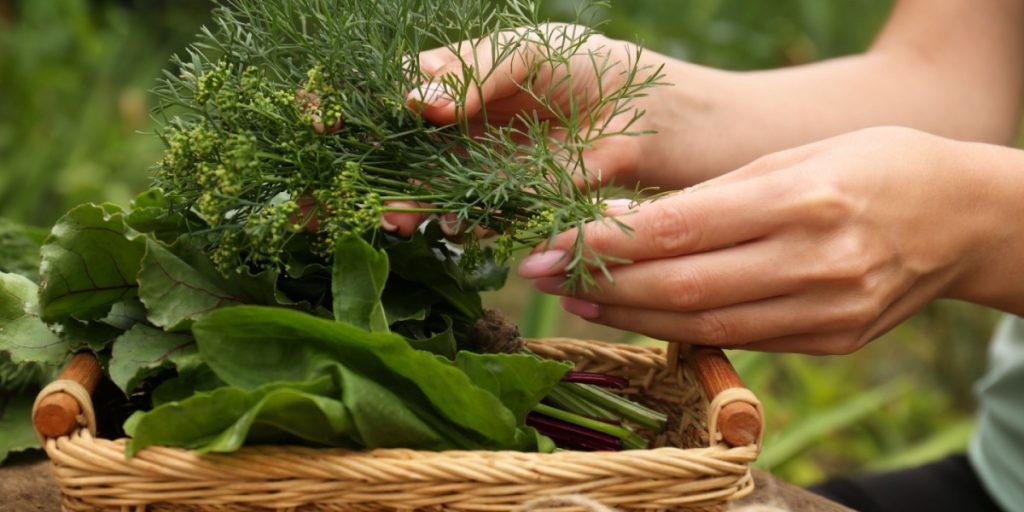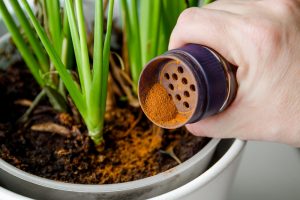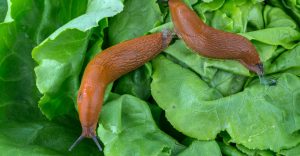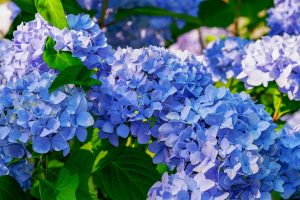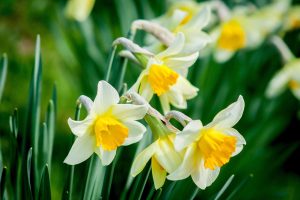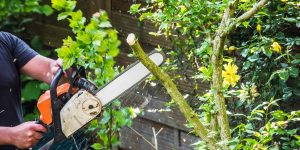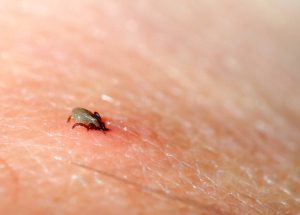The plants your ancestors grew could provide food in winter and thrive in damp summers. There’s much to learn from the past as you prepare your garden for the warmer months.
Others are reading now
The sun is shining, the ground is no longer frozen solid, and it’s time to clear out the old, dead plants to make way for new life. This is an excellent opportunity to draw from the wisdom of the Vikings, who adeptly sowed and harvested on their farms.
They were well-versed in which plants could withstand the winter, providing fresh greens come spring, and pinpointed those that demanded minimal upkeep, freeing up their time for other essential endeavors.
Adopting some of their techniques means you can be eco-conscious by avoiding the annual purchase of new plants, ensuring your vegetable garden thrives, regardless of the water conditions.
Louise Windfeldt, a horticulture expert and professional secretary at the Association of Seed Savers, shares insights into what the Vikings might have cultivated in their fields and kitchen gardens – insights you can apply to your own garden today.
Also read
Peas
Some families grew peas that were extra sweet, others produced varieties best eaten late in the season, allowing them to enjoy peas year-round. Peas require very little work once sown, making them perfect for the lazy gardener.
Also, peas and grain are excellent companions. The grain supports the peas while the peas are adept at capturing nitrogen from the air and delivering it to the grain’s roots.
Sorrel
There’s a big difference between garden sorrel and the common wood sorrel many are familiar with. You might know wood sorrel as a sour little clover. Garden sorrel, however, more closely resembles spinach leaves, and although sour, was widely consumed in the 1800s, as seen in old cookbooks.
It’s filled with vitamin C, which was very beneficial for farmers after a long winter of living on grain, peas, and a bit of salted pork. Garden sorrel can be used in dressings and pairs well as a seasoning in fish dishes.
The leaves taste best when grown in partial shade and moist soil, but you can almost do whatever you want with them because garden sorrel is nearly impossible to kill.
Kale
Kale contains the same compounds as horseradish and mustard, giving it a potent taste. The Vikings cultivated a significant amount of leaf cabbage, a close relative to today’s kale. Cabbage has sustained us for many years.
Even on the chilliest winter days, they could harvest cabbage since it withstands frost and is consumable throughout the year. It contains a compound that plants use to fend off predators and diseases, which is beneficial for human consumption.
Turnips and Rutabagas
People have been making mashed roots and soups since the Middle Ages. Had they possessed air fryers and electricity, they undoubtedly would have prepared root vegetable fries.
While some of the roots might taste slightly bitter, they are all rich in vitamin C. The plant is exceptionally versatile and eco-friendly, as both the root and leaves are edible, ensuring no part goes to waste.
Bonus: Garden Snails
You don’t need to cultivate these at all. Garden snails will find their way into your garden, but that doesn’t mean they’re off the menu.
Before you recoil at the thought, note that in South Spain, garden snails are a common purchase at markets.
If your snails come not from a Spanish market but from your garden, ensure they’re thoroughly cleaned and prepared correctly to avoid illness. You’d need about 25 garden snails for a full meal.

